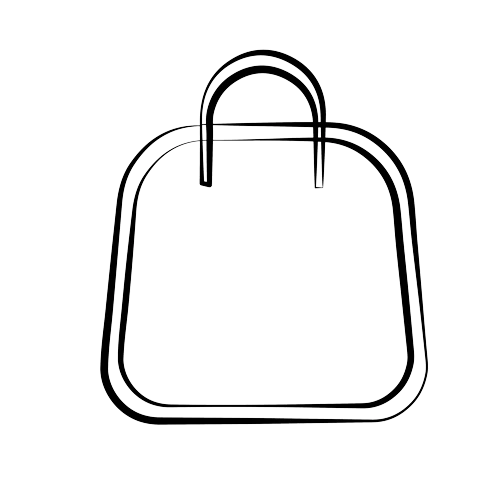What are the Big Interior Design Trends for 2023/24

As we head into Q2 we can clearly see what the major interior design trends are for 2023 and what will be coming to the fore in 2024. It’s always interesting trying to predict these new and upcoming trends, but the reality is that trends don’t just appear out of nowhere. They normally build up over time and are a culmination of global socio-economic factors. Often the mood in society is the driver for setting the tone of design trends.
As the pandemic kept us all locked in our homes we became acutely aware of just how much we need access to nature for our own mental health and well-being so biophilic design emerged as a way of bringing nature back into the built environment. Our awareness of our need for and dependence on nature has obviously sparked a very real movement towards environmentalism, sustainability and circularity.
These macro trends are now showing up in our home interiors so let’s look at how.
- Biophilic Design
Over the few year we have seen a definite move towards designing spaces that incorporate nature. Biophilic design taps into our innate biological connection with nature and harnesses the benefits that can be had from spending more time in nature and asks how we can extend those benefits into our homes.
From bringing plants inside, capitalising on natural light, incorporating the materials, shapes, colours, textures, patterns and sounds of nature to thinking about how we can achieve or replicate views of nature, biophilic design allows us re-connect with what it is that helps us to feel human.
This welcoming, familiar feel of the natural environment is now moving into our homes as we see the trend for biophilic design becoming increasingly mainstream. Our homes are becoming more sensory and more organic as we have realised that they should be spaces that not only look good but that feel good too.
- Circularity In 2023, more than ever before, we are seeing a strong will for circularity in design. Designers and manufacturers are focusing much more heavily on natural materials that are sustainable, regenerative and restorative, and production processes that close the loop and focus on material recovery and biodegradability.
The emphasis is on the five Rs of repair, reuse, refurbish, remanufacture, and recycle. And we are increasingly seeing this approach being designed into the products that we buy for our interiors.
As shoppers we are starting to move more towards a conscious consumption model. We are thinking more about the long term impact of our purchasing decisions primarily because we are more anxious about the short term. We know that buying better quality products, made from sustainable materials that will last and that can be repaired is a much better economic and environmental choice than investing in cheap throwaway plastic products.
- Material Innovation: We are also seeing some really interesting developments in terms of material innovations. This obviously links back to circularity and our pressing need to reduce the huge amounts of waste that we are producing. Attempts to design out waste and pollution are accelerating and the developments are becoming increasingly viable.
Designers are now developing new materials bio-engineered from nature that are fully bio-degradable. We are seeing plant-based material alternatives to leather such as Piñatex pineapple leather, palm leather, and leather made from mycelium, the root-like structural network of branching fungal threads that grow beneath the ground and present above ground as mushrooms.
Mycelium in particular is a very interesting material as its growth can be manipulated to conform to any shape, it is strong and bio-degradable. As a consequence, it is finding many applications in architecture, design and interiors. We are able to grow lampshades rather than manufacture them, we can upholster our furniture with sustainable alternatives to leather and we can fit out our offices sustainable acoustic panels and flooring.
These are some of the macro trends that we are seeing in interiors in 2023 and they will only accelerate into 2024. The movement towards sustainability and circularity is gaining momentum due to the dire need to redress the balance and find a more regenerative and restorative economic model. We simply cannot continue on the same trajectory as it is bad for people and for the planet.
Many of the micro trends that we are also seeing stem from these larger overarching trends. Mushrooms for example are hot in interiors right now, but this can be traced back to biophilic design and material innovation. Arches are still going strong, as is cocooning curved furniture, but both of these tie into biophilic design as we less harsh angles in favour of softer, natural and organic shapes. The colours we are seeing right now also come back to nature with desert tones, ocean hues and sunshine shades taking centre stage to reconnect us with the cycles of life.
People want more harmony and balance in their lives and what better example is there than the ecological balance that we find in nature.


